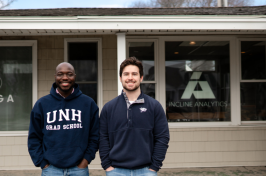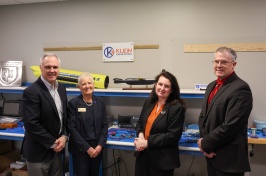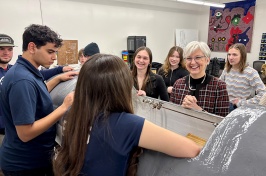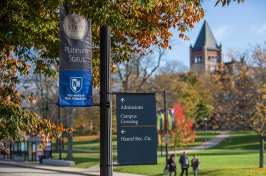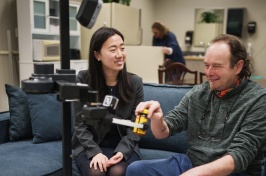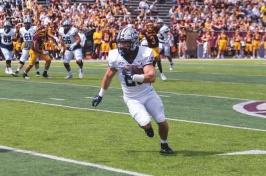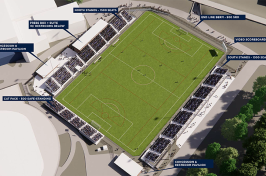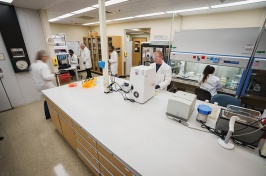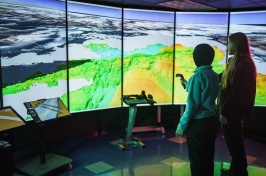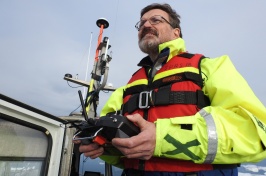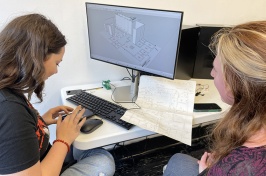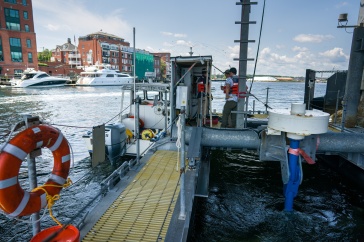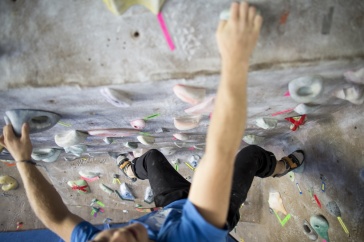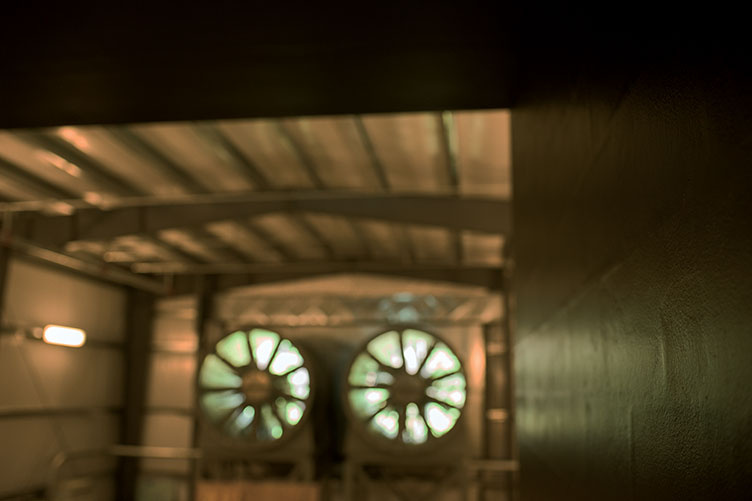
Running 26.2 miles in less than two hours: it’s long been the moonshot of distance running, a feat at the very limits of athletic achievement. When a much-publicized attempt led by sportswear giant Nike went off in May, it was with three elite runners lined up on a Formula One racetrack in Monza, Italy. But the road they took ran through UNH’s Flow Physics Facility in Durham, the largest wind tunnel of its kind in the world, and tapped the expertise of several university faculty members and students.
“Many of the features of this tunnel were designed by UNH students. Having facilities like this allows our students to do interesting and unusual projects.”
Nike’s so-called Breaking2 team knew that maximizing aerodynamics would be an essential ingredient to shaving almost three minutes off the existing world marathon record of 2:02:57. And while Nike’s runners missed the two-hour mark, they came tantalizingly close, with lead runner Eliud Kipchoge of Kenya finishing in 2:00:25. “A significant chunk of that reduction was probably attributable to what they learned through the wind tunnel testing,” says Joe Klewicki, professor of mechanical engineering and director of the Flow Physics Facility.
The Breaking2 team found its way to UNH via the Portsmouth-based data science and artificial intelligence startup winningAlgorithms, which Nike tapped to study how drafting and aerodynamics might impact running speed. Not only was UNH’s wind tunnel less than a marathon’s distance from winningAlgorithm’s Route 1 headquarters, the tunnel’s large size made it ideal for understanding human-scale aerodynamics.
Nike brought its Breaking2 scientists to UNH in the fall of 2016. The team used the wind tunnel for two types of experiments, testing various aerodynamic formations in both. For the first, high-level collegiate runners stood on the drag balance — a section of floor attached to force transducers that measured the horizontal force they experienced when subjected to “winds” of about 10 to 15 miles per hour from the facility’s twin 400-horsepower fans. For the second, sports physiologists collected a range of biodata on the runners as they ran on treadmills in the wind tunnel, measuring their exertion as they ran in various formations aimed at minimizing air resistance. The arrow-type formation the runners ended up using for the May 6 record attempt came out of these studies.
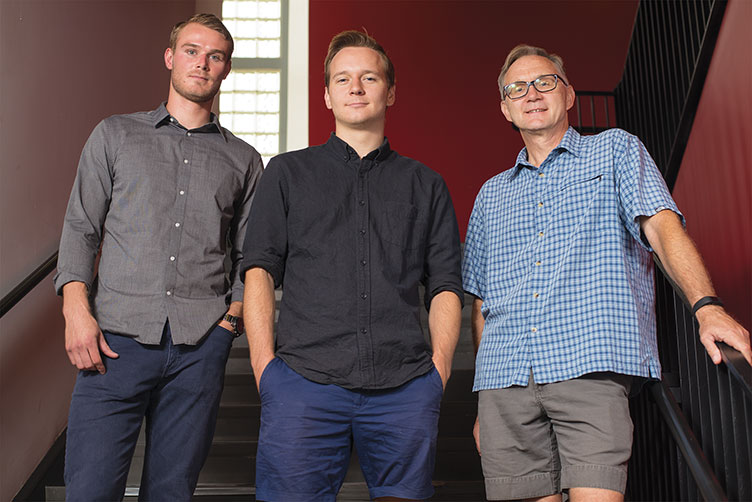
From left: Liam Grenier ’17, Chase Klewicki ’17 and mechanical engineering professor Joe Klewicki
UNH students were deeply involved in this work, particularly Chase Klewicki ’17 — Joe’s son — and Liam Grenier ’17, who prepared a 150-page report detailing their analysis of the drag balance data as well as computer simulations. Elsewhere in the project, students in UNH’s two-year-old analytics and data science program worked on verifying and trying to improve environmental data produced by winningAlgorithms regarding temperature conditions and wind coverage at the Italian race site. UNH students also designed and built the drag balance that the Nike runners tested their mettle against in the wind tunnel. Indeed, professor Klewicki notes, “many of the features of this tunnel were designed by UNH students. Having facilities like this allows our students to do interesting and unusual projects.”
Additional reporting by Nancy Eckerson ’86
Originally published in UNH Magazine Fall 2017 Issue
-
Written By:
Beth Potier | UNH Marketing | beth.potier@unh.edu | 2-1566







